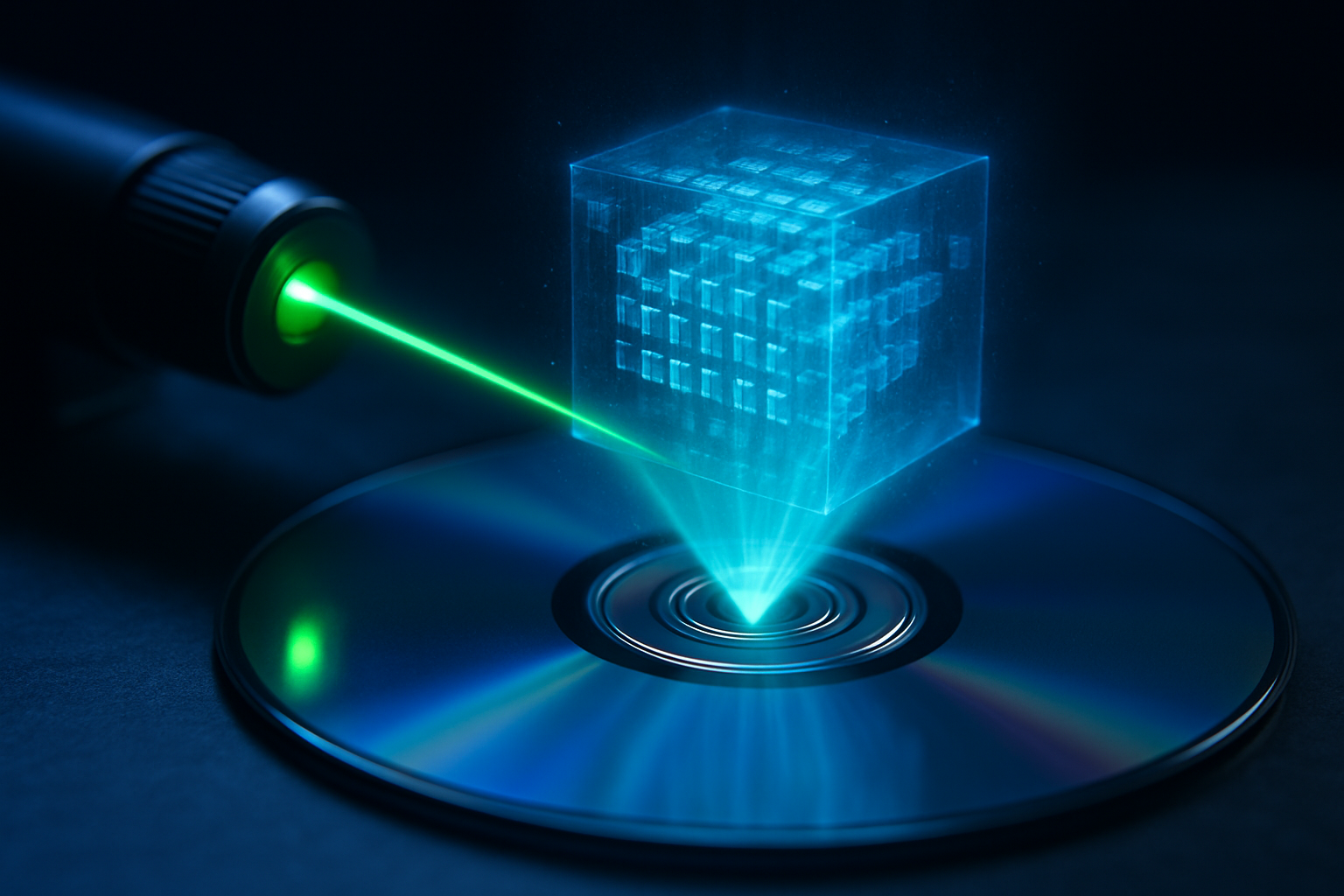Unveiling the Potential of Holographic RAM: A Paradigm Shift
In the ever-evolving landscape of computer technology, a groundbreaking innovation is on the horizon that promises to revolutionize data storage and processing: Holographic Random Access Memory (HRAM). This cutting-edge technology leverages the power of light to store and retrieve information, potentially offering unprecedented storage capacity and data transfer speeds. As we stand on the cusp of this technological breakthrough, let's delve into the world of HRAM and explore its potential to reshape the future of computing.

How Holographic RAM Works
At its core, HRAM utilizes the principles of holography to store and retrieve data. A laser beam is split into two paths: one carries the data to be stored, while the other serves as a reference. When these beams intersect within a photosensitive material, they create a unique interference pattern that represents the data. To retrieve the information, the reference beam is shone onto the material, reconstructing the original data-carrying beam.
Advantages Over Traditional RAM
The potential benefits of HRAM are staggering. First and foremost is its enormous storage capacity. Theoretical models suggest that a single cubic centimeter of holographic material could store up to one terabyte of data – far surpassing the capabilities of current RAM technologies. Additionally, HRAM offers the possibility of parallel data access, allowing for multiple read and write operations simultaneously, which could dramatically boost processing speeds.
Challenges and Hurdles
Despite its promise, HRAM faces several challenges before it can become a mainstream technology. One of the primary obstacles is the development of suitable materials that can reliably store and maintain holographic data over long periods. Researchers are experimenting with various photopolymers and crystals to find the ideal medium. Another hurdle is the precision required in the optical systems used to write and read data, which must be incredibly accurate to ensure data integrity.
Potential Applications and Market Impact
If successfully developed and commercialized, HRAM could have far-reaching implications across various sectors. In the realm of personal computing, it could lead to devices with vast amounts of ultra-fast memory, enabling instantaneous boot times and seamless multitasking. For data centers and cloud computing, HRAM could revolutionize storage capabilities, potentially reducing energy consumption and physical space requirements.
The market impact of HRAM technology is difficult to estimate at this early stage, but industry analysts project that if successfully implemented, it could disrupt the current memory market, valued at tens of billions of dollars annually. While exact pricing for HRAM-equipped devices remains speculative, experts suggest that initial adoption might come at a premium, with costs potentially aligning with current high-end memory solutions as the technology matures.
The Road Ahead for Holographic RAM
As research into HRAM continues, several key milestones lie ahead. Scientists and engineers are working to improve the stability and longevity of holographic storage media, enhance the speed and accuracy of read/write mechanisms, and develop practical, cost-effective manufacturing processes. Collaboration between academic institutions and industry leaders is driving progress, with several patents already filed for various aspects of HRAM technology.
The journey from laboratory to consumer products is a long one, but the potential rewards are immense. As we look to the future, HRAM represents not just an incremental improvement in memory technology, but a fundamental shift in how we store and process information. Its development could usher in a new era of computing, where the limitations of current memory systems become a thing of the past.
In conclusion, Holographic RAM stands as a testament to human ingenuity and the relentless pursuit of technological advancement. While challenges remain, the promise of HRAM is too great to ignore. As research progresses and breakthroughs occur, we may soon find ourselves on the brink of a memory revolution that will redefine the boundaries of what’s possible in computing. The future of data storage and processing is bright – or should we say, holographic.





